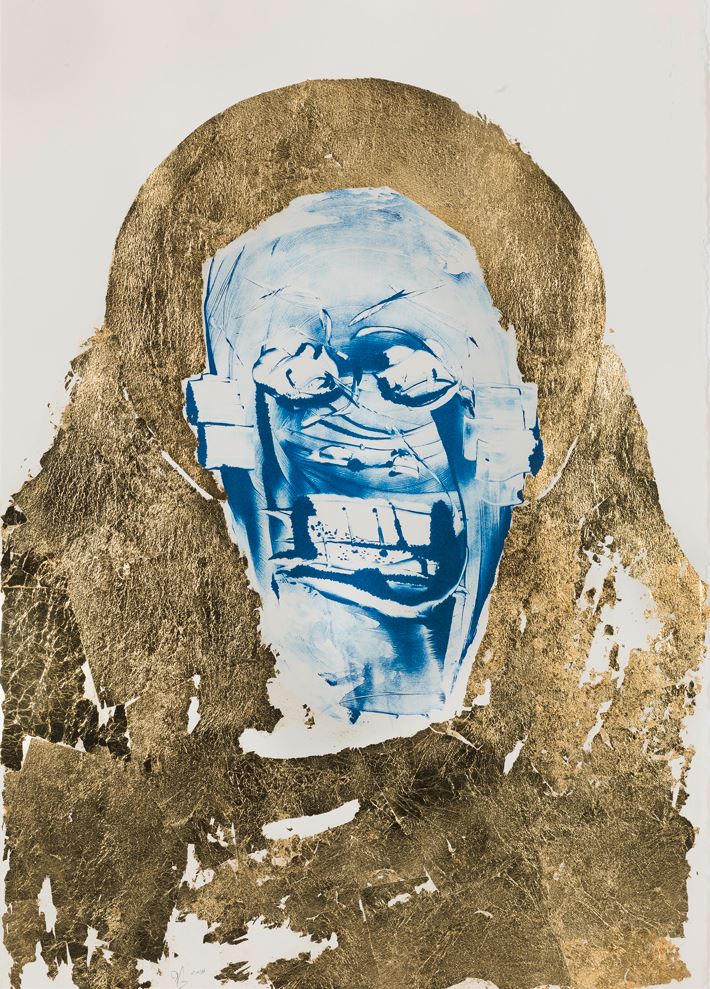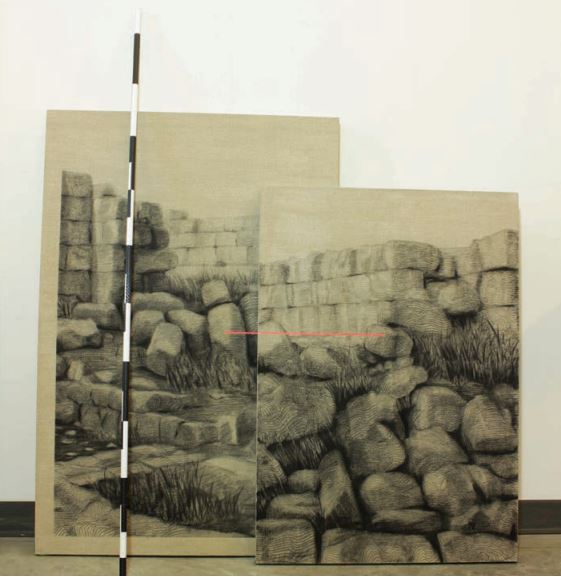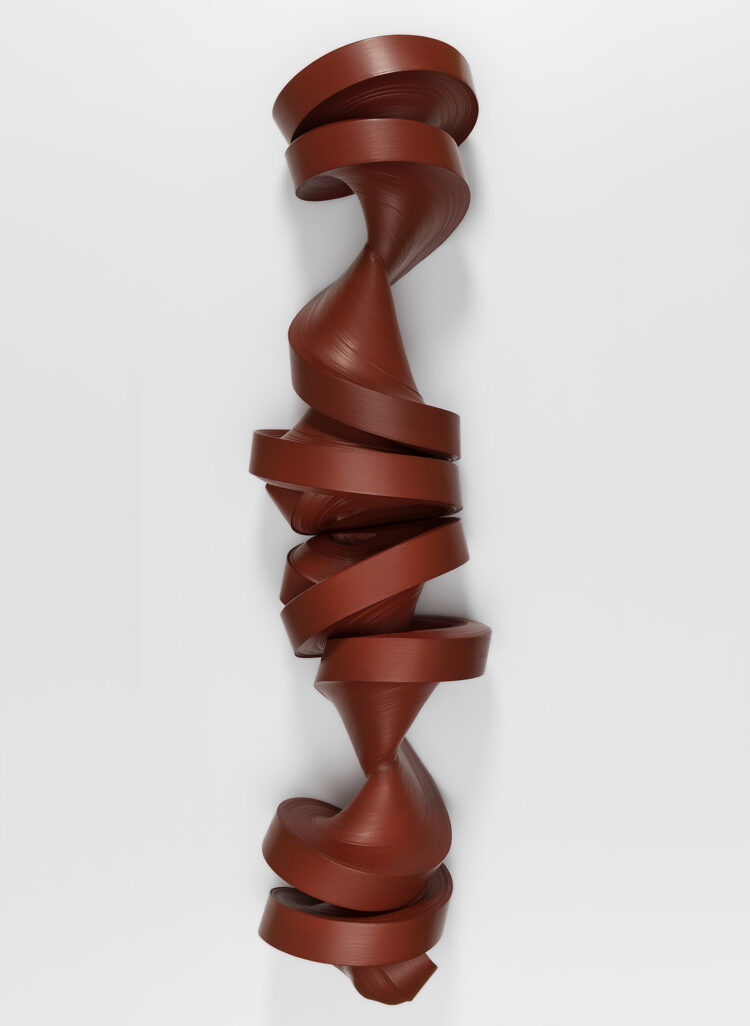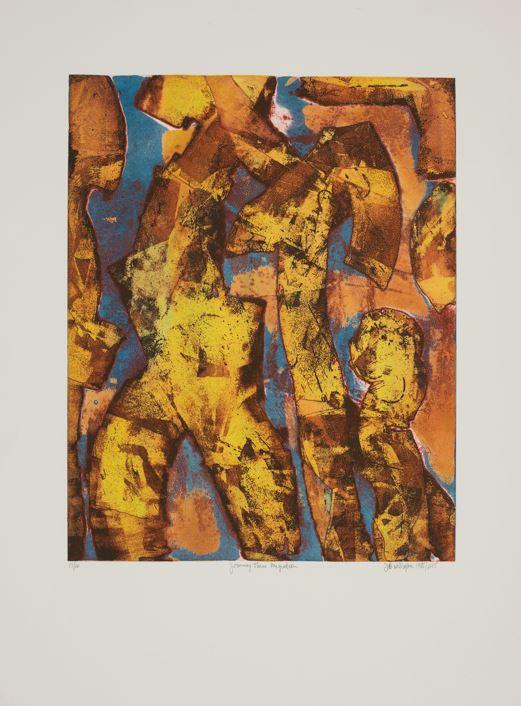Meet our spring 2023 interns, who recently completed their internships.

Dedipta Bhattacharjee, The City College of New York
Dedipta Bhattacharjee is a senior at The City College of New York majoring in English, Asian Studies, and Publishing, with additional minors in Art History and Journalism. She is a Kaye Scholar, Isaacs Scholar, City College Fellow, NBCU Fellow, and Stanford/CUNY Humanities Research Program alumnus. Her research under the City College Fellowship pertains to the portrayal of South Asian women in literature and how literature acts as a medium to link history to the realities of women. Dedipta is passionate about women’s rights, environmental sustainability, and DEAI initiatives. In spring 2023, she worked at the Phillips as a DEAI intern with Horning Chair for DEAI Yuma Tomes and DEAI Manager Shelby Bergstresser, utilizing past and present archives to further the museum’s mission to bring more inclusivity and accessibility to art spaces. She designed graphics for the DEAI department, including a diversity statement poster.
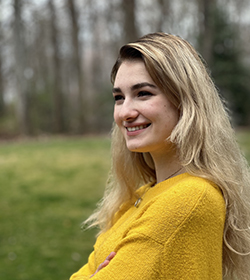
Elissa Diaz, University of Toronto
Elissa Diaz is a recent graduate of the University of Toronto, having majored in Anthropology and Latin American Studies. She worked as a Curatorial Intern to expand her knowledge of museum practices and procedures, which included projects such as moving archival files from the Phillips’s Carriage House to the museum library and archives, meeting with artists to discuss potential collaborations, and conducting research for upcoming exhibitions. She plans to further her education in this field in the future. Elissa will be continuing her work here at The Phillips Collection as the Temporary Assistant to the Director of Contemporary Art Initiatives and Academic Affairs Vesela Sretenovic.

Abby Osborne, George Washington University
This is Abby Osborne’s second cycle with The Phillips Collection’s Marketing and Communications department., working with Director of Marketing and Chief Communications Officer Renee Littleton. Abby worked on draft pitches to journalists and media organizations, as well as creating marketing emails for the museum. She helped with community outreach, including the Phillips’s new business partnerships with restaurants and cafes in the neighborhood to offer discounts and specials to museum members and visitors. She also helped promote upcoming exhibitions and events throughout the community and updated mailing lists. She is a student at The George Washington University, double majoring in Art History and Political Communication.
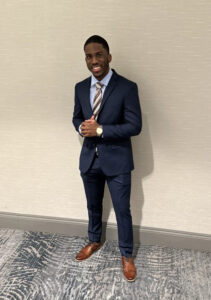
Terrell Lawrence, Prince George’s Community College
Terrell Lawrence is currently in his last semester at Prince George’s Community College, majoring in general studies while also pursuing a certificate in human resources management. He will be transferring to the University of Maryland Eastern Shore next fall. It has been a great experience, working as the HR Intern with the Director of Human Resources Angela Gillespie and Senior Payroll and Human Resources Manager Gwen Young. He assisted with the Staff Appreciation Breakfast held for all staff in March, helped with the rollout of the spring 2023 Temporary Detail Opportunities, and assisted with the layout and testing of the Phillips’s new internal employee engagement platform.


